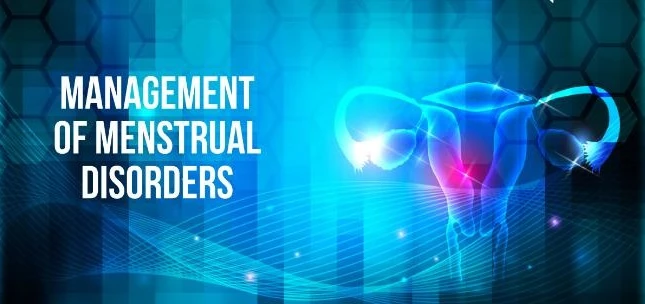Being a mother brings with it a lot of physical changes, and some women may find it challenging to control their breast milk production. Cabergoline, a medication commonly used to treat hyperprolactinemia, has been identified as a potential lactation regulation help. The functions of cabergoline in regulating breast milk production are examined in this article.
Understanding Hyperprolactinemia:
Hyperprolactinemia, a condition characterised by elevated blood prolactin levels, can disturb the delicate hormonal balance that regulates lactation. Prolactin, a hormone secreted by the pituitary gland, is crucial for stimulating the mammary glands to produce milk. Unintentional lactation can result from too high levels even in the absence of pregnancy or delivery.
The Cabergoline Solution:
The pituitary gland\'s inability to release prolactin is how the dopamine receptor agonist cabergoline works. By restoring the balance of dopamine, a neurotransmitter that regulates prolactin release, cabergoline effectively lowers blood levels of prolactin. It can be used to address issues connected to hyperprolactinemia, including irregular menstrual cycles, infertility, and—most importantly—excessive lactation, because of this mechanism.
Cabergoline and Breast Milk Suppression:
When using cabergoline to reduce the production of breast milk, women who are lactating but are not nursing should take extra care. This could be brought on by a variety of things, such as hormonal imbalances, certain medications, or illnesses. Prolactin levels are brought back to normal with cabergoline, which lessens the physical and emotional anguish of forced lactation.
Administration and Dosage:
Speak with a healthcare provider before using cabergoline to restrict breast milk production. They will decide the right dosage of cabergoline and evaluate the underlying cause of excessive lactation. Usually taken orally, the length and dosage of the course of treatment will depend on the particular medical requirements of each patient.
It is crucial to remember that using cabergoline unsupervised is not advised, particularly if you are pregnant or nursing a baby. To protect the mother and the unborn child, a healthcare professional must carefully weigh the benefits and potential risks.
Monitoring and Follow-up:
Routine monitoring is required after starting cabergoline therapy in order to assess its effectiveness and potential side effects. Blood tests can be used to measure prolactin levels, and if necessary, the dosage can be adjusted. Women using capsule therapy for lactation suppression should maintain regular contact with their healthcare providers to resolve any issues and optimise the treatment regimen.
Considerations and Precautions:
While lactation brought on by hyperprolactinemia has been successfully treated with cabergoline, cautions should be exercised. A person should exercise caution and inform their doctor if they have a history of liver or heart disease, uncontrolled hypertension, or sensitivities to ergot derivatives.
Cabergoline side effects include nausea, dizziness, and weariness. Unexpected symptoms need to be reported immediately. Women should refrain from using cabergoline unless specifically advised by their doctor, as the safety of using it during pregnancy or lactation has not been thoroughly proven.
Seek out reliable suppliers of the medication cabergoline for sale, which is useful in treating hyperprolactinemia. Give authenticity top priority, and consult medical experts before making any purchases. Your health is the most important thing, and safe and efficient use of cabergoline is guaranteed by making educated decisions.
One indication of cabergoline\'s versatility in treating hormonal imbalances is its capacity to control the production of breast milk. By restoring prolactin levels to normal, cabergoline can assist women whose hyperprolactinemia is causing unwanted lactation. However, it should only be used sparingly and under a physician\'s guidance. In order to handle the challenges of producing breast milk and to have a more comfortable and healthy postpartum period, women must be in open communication with healthcare experts.


